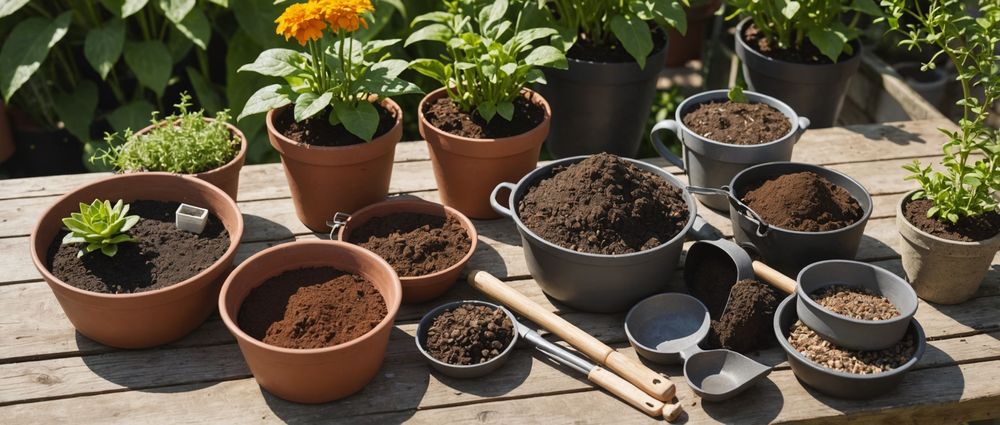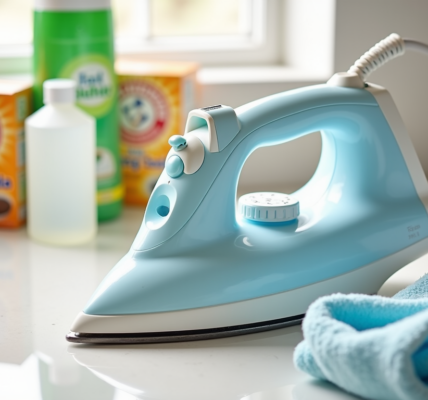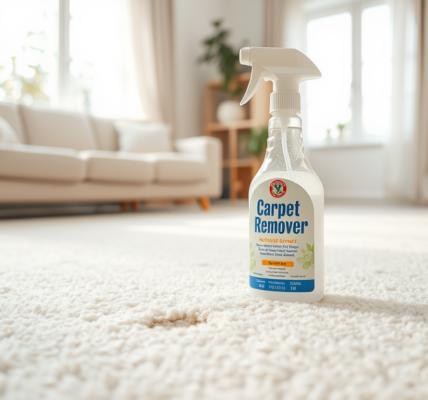Houseplants are a wonderful addition to any home, bringing beauty and freshness to indoor spaces. To keep them happy and thriving, it’s essential to understand their needs. In this article, we will explore three clever tricks that can enhance your houseplant care routine: creating the right environment, mastering the art of watering, and selecting the best potting mix. With these strategies in hand, you’ll be on your way to a flourishing indoor garden!
1. Create the Perfect Environment
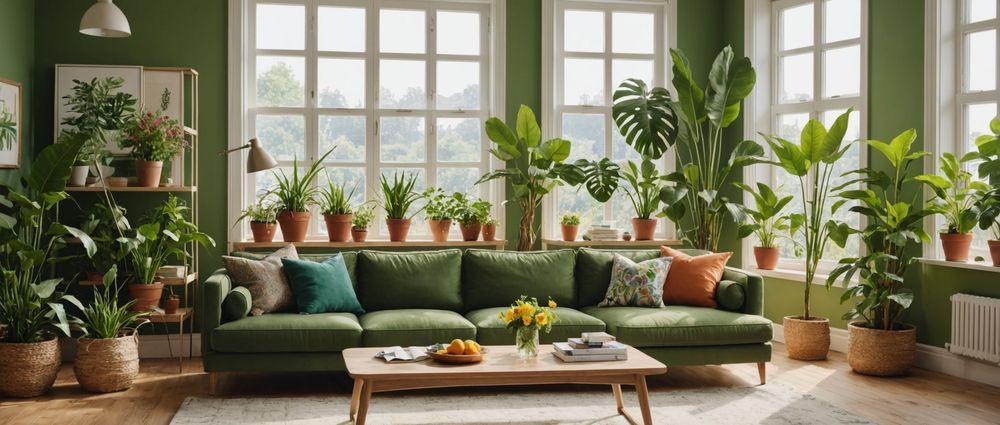
Houseplants flourish when they are in an environment that closely mimics their natural habitat. Here are some key factors to consider:
- Lighting: Ensure your plants receive the right amount of light, whether it’s direct sunlight or indirect light. Research the specific needs of your plants to avoid burns or leggy growth.
- Humidity: Many houseplants thrive in humid conditions. To increase humidity, especially during dry seasons, consider using a humidifier or grouping plants together.
- Temperature: Keep your plants in a stable temperature range, ideally between 65°F to 75°F. Avoid placing them near drafts or heat sources that can cause fluctuations.
- Air Circulation: Good airflow is essential to prevent mold and pests. Make sure your plants have enough space around them and occasionally rotate them to ensure even light exposure.
By creating a suitable environment, you set the stage for your houseplants to thrive, enhancing their growth and overall health.
2. Master the Art of Watering
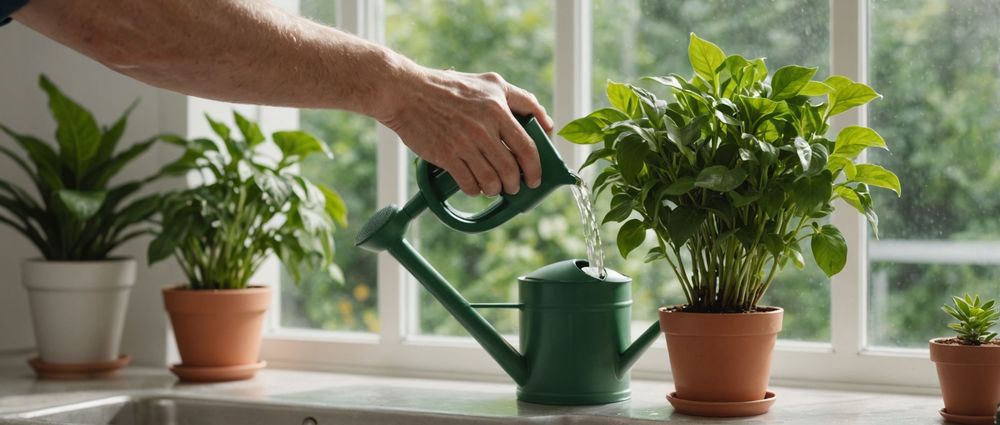
Watering is one of the most critical aspects of houseplant care. Proper techniques can mean the difference between a happy, healthy plant and one that suffers. Consider the following:
- Check the Soil: Always check the moisture level of the soil before watering. Stick your finger about an inch deep into the soil; if it feels dry, it’s time to water.
- Use Room Temperature Water: Cold water can shock plants, so it’s best to use water that is at room temperature.
- Watering Deeply: When you water, do so thoroughly until you see water draining from the bottom of the pot. This encourages deeper root growth.
- Avoid Overwatering: Too much water can lead to root rot. Make sure your pots have drainage holes and never let your plants sit in standing water.
- Adjust for Seasons: Remember that plants can require different amounts of water throughout the year. Generally, they will need less during the winter months.
By mastering the art of watering, you can help your houseplants flourish while avoiding common pitfalls that lead to their decline.
3. Choose the Right Potting Mix
The choice of potting mix is just as crucial as water and light for the health of your houseplants. Here’s what to keep in mind:
- Soil Composition: Opt for a high-quality potting mix that contains the right combination of peat moss, vermiculite, and perlite, ensuring proper drainage and aeration.
- Specific Plant Needs: Some plants require tailored mixes, such as cacti and succulents that thrive in sandy, well-draining soil, or orchids that prefer a bark-based medium.
- Soil pH: Different plants have varying pH preferences. Research and choose a potting mix that maintains the right pH level for your plants, which typically ranges from 6.0 to 7.0.
- Regular Refreshing: Over time, potting mixes can break down and lose their effectiveness. Refresh your potting mix every couple of years to provide your plants with fresh nutrients.
By selecting the right potting mix, you lay down a strong foundation for nurturing your houseplants and promoting their overall health.
Conclusion
Keeping houseplants happy doesn’t have to be complicated. By creating the perfect environment, mastering your watering routine, and choosing the right potting mix, you’ll foster a thriving indoor garden. With just a little attention to detail and care, your plants will reward you with vibrant foliage and beautiful blooms, enriching your living space. So, roll up your sleeves, put these tips into action, and watch your houseplants flourish like never before!
FAQs
1. How much sunlight do my houseplants need?
The amount of sunlight depends on the specific type of plant. Generally, most houseplants thrive in indirect sunlight, but some may prefer direct light for a few hours per day. Always check the light requirements for each individual plant.
2. How do I know if I’m overwatering my plants?
Common signs of overwatering include yellow leaves, a soggy or mushy stem, and a foul smell coming from the soil due to root rot. Ensure proper drainage to avoid this issue.
3. Can I use regular garden soil for houseplants?
It’s not recommended to use regular garden soil for houseplants, as it can compact easily and doesn’t provide adequate drainage and aeration. Invest in a quality potting mix designed for indoor plants.
4. What should I do if my plant’s leaves are turning brown?
Browning leaves can indicate several issues, including underwatering, overwatering, low humidity, or nutrient deficiencies. Assess your watering habits and environmental conditions to determine the cause.
5. Do houseplants need fertilizer?
Yes, houseplants benefit from occasional fertilization, especially during the growing season (spring and summer). Use a balanced, water-soluble fertilizer according to the manufacturer’s instructions.
